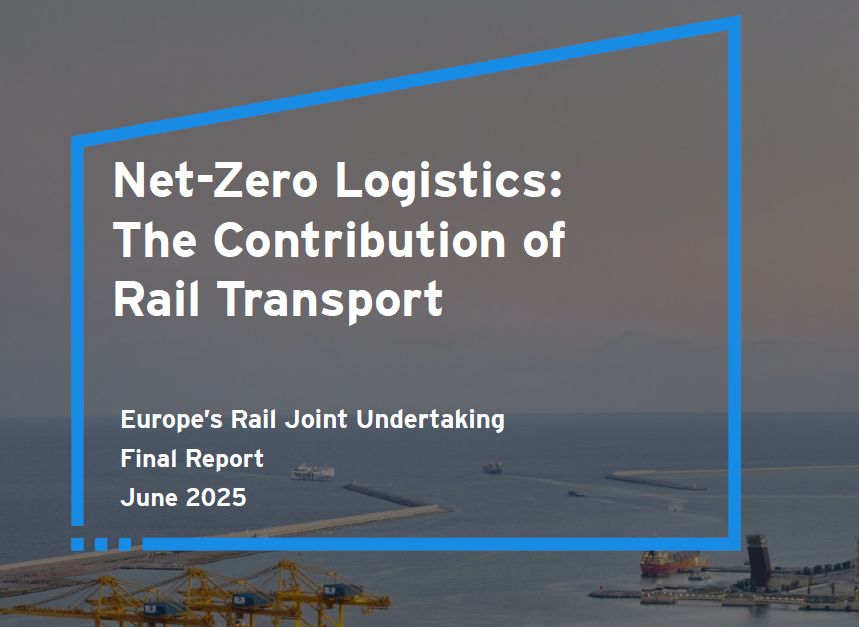Europe must take decisive steps to simplify and modernise its rail systems to strengthen competitiveness,...
Because braking is a safety-critical aspect of trains, railway operators are hesitant to introduce new braking systems.
But this is starting to change, thanks in part to the work being done by EU-Rail, which has introduced several new braking solutions:
Electronic brakecontrol
Electro-mechanicalbrake
Electro-mechanical brake system
Description
A new electronic EP
brake control device
with SIL4 functions
for emergency brake
control.
A closed-loop control
of the brake calipers’
clamping force.
Electro-mechanical
brake actuators can
directly replace existing
electro-pneumatic
brake calipers.
TRL
7 (system prototype
demonstration
in an operational
environment).
4 (technology validated
in a lab).
7 (system prototype
demonstration
in an operational
environment).
Key finding Braking capacity
Braking capacity
is 5% better than a
conventional system.
Allows for more
accurate braking force
control than achieved
with the electropneumatic
brakes.
EM brakes alone
will not necessarily
eliminate the complete
air system on trains.
Adhesion management system
Adhesion management systems make use of available adhesion to prevent damage and minimise stopping distances. This leads to improved performance, high safety, and low maintenance costs.
To learn more, EU-Rail investigated how the load impacts adhesion.

Key Finding
Test results showed a
marginal increase of
the adhesion limit with
increasing load but not
sufficient to justify a
dedicated model for this
effect.

Fast Fact
The model needs to be
refined by interpolating the cleaning coefficient as a function of the brake entry speed.

Did You Know?
The effect of the axle load
on adhesion was within the limits of the reproducibility of test results, with a slight tendency of reduced
adhesion with increasing
axle load.
Contribute to network capacity
Automated rail traffic and signalling systems need to know a train’s braking capacity to calculate stopping distances. Braking capacity depends on current adhesion conditions. If these conditions can be predicted more accurately, safety margins in the calculation of stopping distances can be reduced, ultimately resulting in increased line capacity.
EU-Rail delivered several solutions aimed at making such predictions possible:
- Adaptive wheel-slide protection and adhesion improving sander.
- Optimised adhesion through sanding system and software to adapt the wheel-slide protection.
- Optimised use of adhesion in traction and braking, detection and prevention of torsional vibrations
and instability in traction. - Optimised brake blending strategy.

Virtual certification of rakes
Getting new train braking systems accepted is a time consuming and expensive process. EU-Rail showed how this process can be streamlined by replacing some track-based tests with simulated models.
Conclusion
New braking solutions have the potential to reduce both braking distances and wheel and track wear, independent of track conditions and train loads.

















